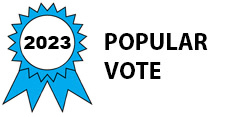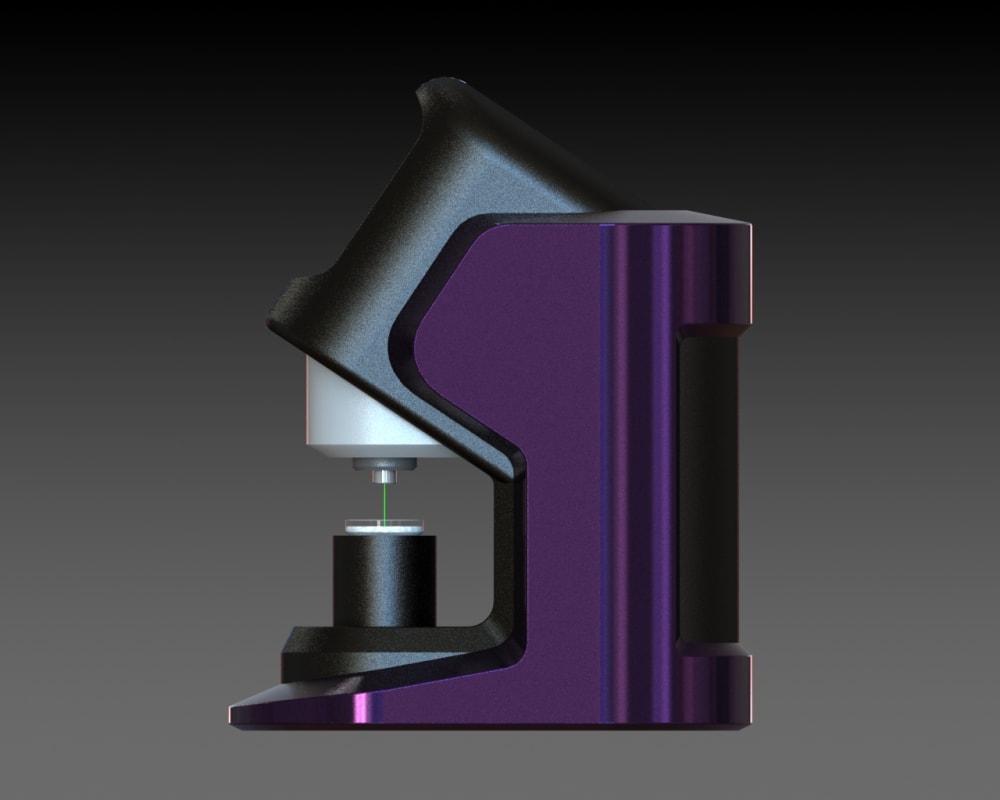
The presence of antibiotics, pesticides and toxins has reached an alarming situation. Though there is a push for organic food, there is no analytical instrument which can give instant results to detect food contamination. Existing methods use wet chemistry and need sophisticated instruments like HPLC and mass spectrometers.
The only field-deployable technology which can detect contaminants down to the ppb level is surface-enhanced Raman spectroscopy. Because of the complexity of preparing nanoparticles with uniform distribution, SERS is still a research topic and field adoption is yet to pick up.
An inkjet printed SERS substrate on glass/paper and an in-house designed affordable Raman spectrometer can ensure safe food for the world. Using printed SERS for every detection makes the Raman Spectrometer less compiled without the need for extreme detector cooling and avoids high-power laser usage.
-
Awards
-
 2023 Top 10 Most Popular
2023 Top 10 Most Popular
Like this entry?
-
About the Entrant
- Name:Tony Francis
- Type of entry:individual
- Software used for this entry:In house designed and developed chemometric tool box
- Patent status:none

